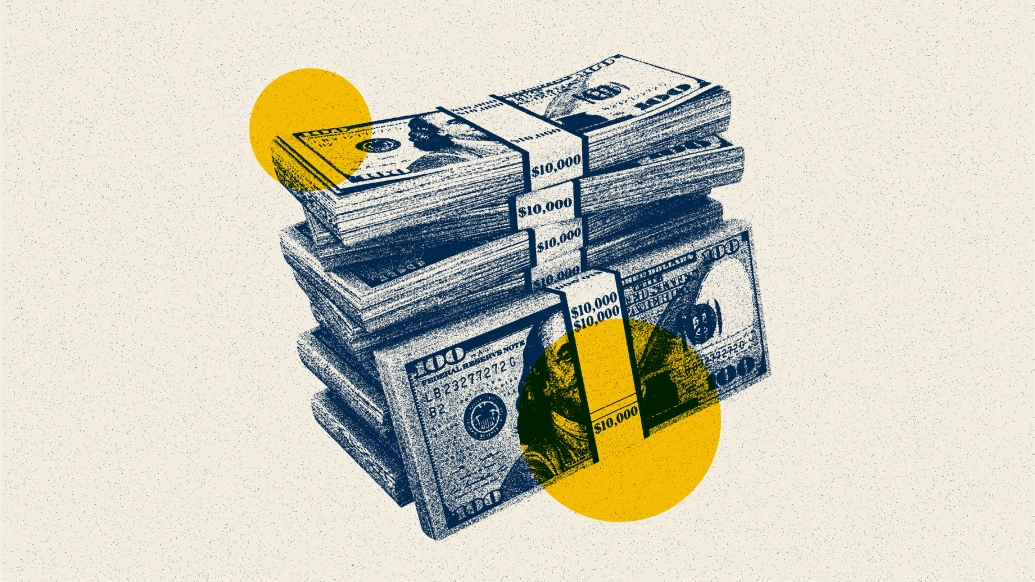A study has implications for benefit cutoffs and for pandemic Medicaid eligibility ‘unwinding’ currently under way
11:48 AM
Author |

Adapted from the original published by UPMC.
Black and Hispanic older adults whose annual income is slightly above the federal poverty level are more likely than their white peers to face cost-related barriers to accessing health care and filling medications for chronic conditions, according to recent research.
Published today in JAMA Internal Medicine by a team from the University of Pittsburgh School of Public Health and the University of Michigan, the analysis links these disparities to a Medicaid “cliff” – an abrupt end to supplemental Medicaid insurance if a person’s income rises above the federal poverty threshold.
For older adults with low incomes, Medicaid helps to lower out-of-pocket health care costs by covering most Medicare co-pays. However, if an older adult’s income rises above the cutoff for Medicaid eligibility that can lead to a sudden rise in co-pays, the study suggests this makes it harder for Black and Hispanic older adults with modest incomes to afford care, compared to their white counterparts at similar income levels.
SEE ALSO: Turning 65 means a lot for Americans’ wallets, health spending study finds
“Chronic disease risks among older adults of color often go unaddressed due to cost-related barriers to care, and our research shows that this Medicaid cliff contributes to these barriers,” said Eric T. Roberts, Ph.D., assistant professor of health policy and management at Pitt Public Health. “Fixing this so that people on Medicare don’t face substantially higher co-pays above the poverty threshold could lessen health care inequities among our nation’s seniors. “One option is to turn the ‘cliff’ into a ‘gentle hill,’ by tapering Medicaid assistance for seniors with incomes slightly above the federal poverty threshold,” Roberts added.
Renuka Tipirneni, M.D., M.Sc., senior author of the study and an assistant professor of internal medicine at the U-M Medical School, notes that the findings also have implications for a phenomenon happening right now: the “unwinding” of automatic Medicaid eligibility for people who enrolled during the pandemic and have not had to provide information about their incomes to prove continued eligibility.
“We found that older adults who lose Medicaid coverage are less likely to see the doctor and less likely to be able to afford prescription medications -- and this was worse among Black and Hispanic older adults,” she said. “So, I'm not only worried about older adults in general with the Medicaid unwinding, but I'm worried about racial and ethnic disparities in care that could become worse as older adults lose Medicaid coverage.”
Medicare, the federal health care insurance program for people aged 65 and older and disabled individuals, can come with high cost-sharing, including deductibles and co-pays. Medicare beneficiaries with income less than 100% of the federal poverty threshold, about $14,600 annually, can receive supplemental Medicaid insurance to offset these costs and automatically receive a subsidy to lower out-of-pocket prescription drug costs.
However, unlike other federal programs that taper aid on a sliding scale, such as the Supplemental Nutrition Assistance Program that helps people buy food, those with incomes even slightly above the poverty line are cut off from Medicaid.
Roberts, Tipirneni and their colleagues obtained data on 8,144 Medicare beneficiaries with incomes less than 200% of the federal poverty level. They looked at health care use for beneficiaries on either side of the Medicaid eligibility line, comparing outcomes among Black and Hispanic beneficiaries to white beneficiaries.
SEE ALSO: Study: Cancer centers provide superior end-of-life care to dual-eligible cancer patients
Being just above the federal poverty threshold, and therefore ineligible for Medicaid, was associated with a 21% drop in annual outpatient visits and a 15% drop in prescriptions filled for Black and Hispanic Medicare beneficiaries, but barely any change for white beneficiaries.
“The Medicaid ‘cliff’ is doubly concerning because it results in Black and Hispanic adults filling fewer medications and makes it harder for them to keep up with regular doctor’s appointments, making it harder to get prescription medications in the first place,” Roberts said.
Additional authors of this study are Youngmin Kwon, B.A., and Alexandra G. Hames, B.A., both of Pitt; J. Michael McWilliams, M.D., Ph.D., of Harvard University and Brigham and Women’s Hospital; and John Z. Ayanian, M.D., M.P.P., of the University of Michigan. Ayanian directs, and Tipirneni is a member of, the U-M Institute for Healthcare Policy and Innovation. Both are general internal medicine providers at Michigan Medicine, U-M’s academic medical center.
Funding/disclosures: This research was supported by the Agency for Healthcare Research and Quality grant K01HS026767 and National Institute on Aging of the National Institutes of Health grants R01AG076437, R01AG032952, P30AG024827 and K08AG056591.
Paper cited: “Racial and Ethnic Disparities in Health Care Use and Access Associated With Loss of Medicaid Supplemental Insurance Eligibility Above the Federal Poverty Level,” JAMA Internal Medicine. DOI: 10.1001/jamainternmed.2023.0512

Explore a variety of health care news & stories by visiting the Health Lab home page for more articles.

Department of Communication at Michigan Medicine
Want top health & research news weekly? Sign up for Health Lab’s newsletters today!





